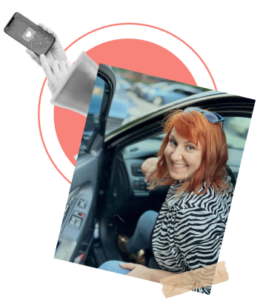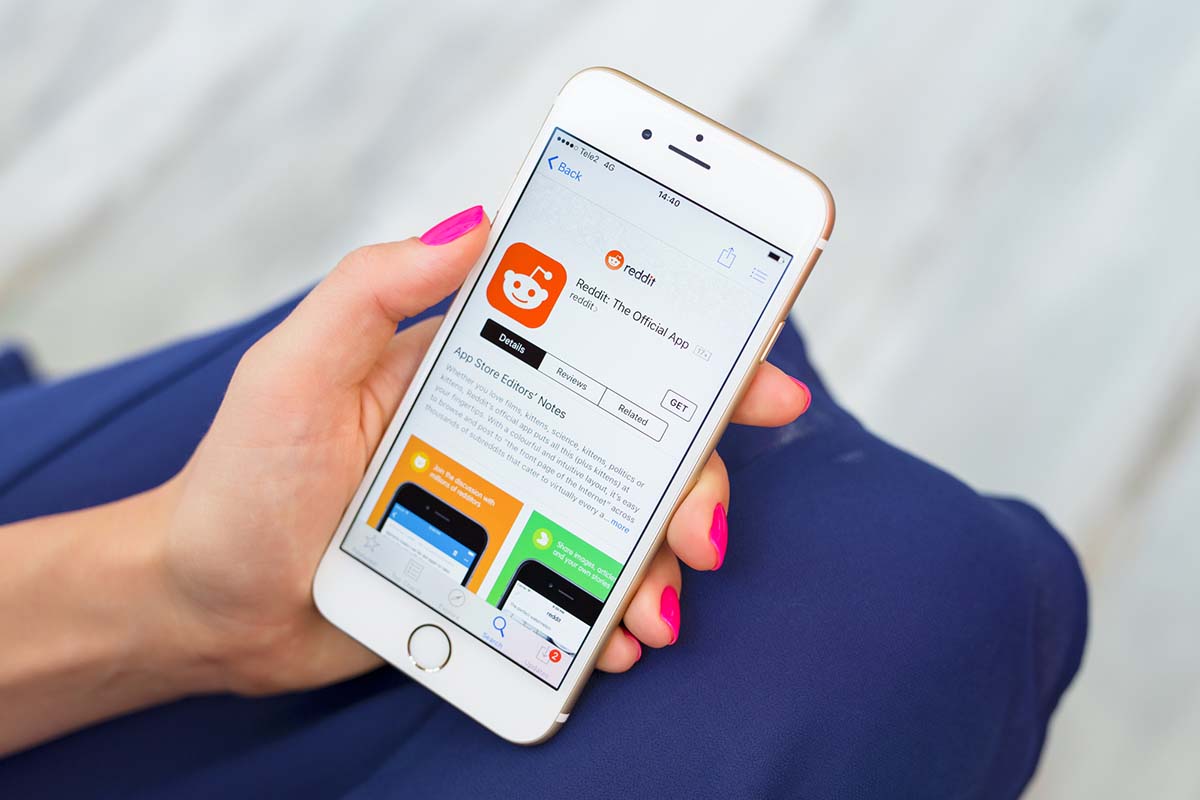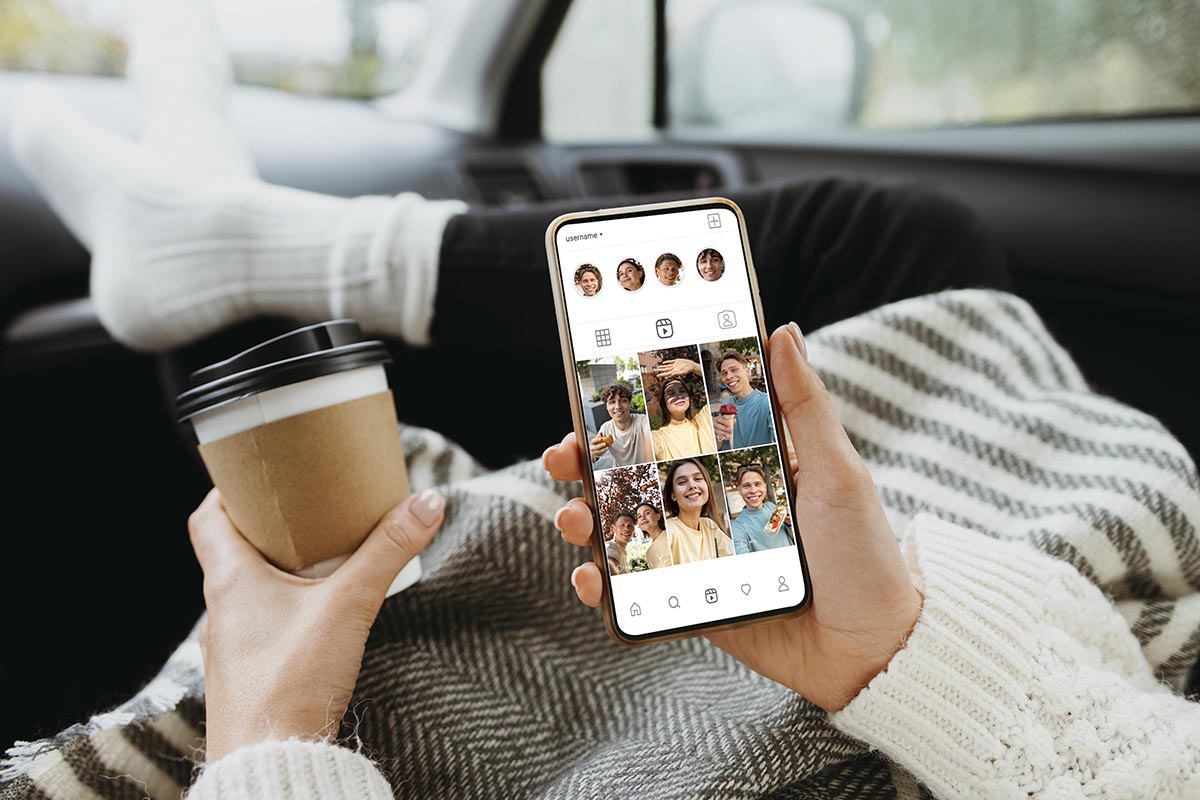Content Saturation: Why Funnels Built on Precision (Not Hype) Win in a World That’s Seen It All
Key Points
- You don’t need more content — you need more emotional precision. Funnels that connect deeply convert more reliably than funnels that impress.
- Use AI to listen, not just produce. It reveals what your audience feels but hasn’t verbalized yet.
- Prove ROI by showing emotional shifts, not just metrics. One powerful insight can drive more results than five clever tactics
The other day I ran into a fellow marketer at an art walk in Seattle.
We weren’t talking KPIs, ad spend, or trends. We were talking about the real stuff — the future.
The direction marketing is actually going. And the same question came up that I’ve been hearing for years now:
“We’re posting. We’re doing the work. But why isn’t it landing?”
I remember when content was gold just for being there.
Now?
Everyone’s posting.
Everyone’s optimizing.
Everyone’s “adding value.”
But the digital space is oversaturated, and most of what’s out there sounds the same.
Same promises. Same hooks. Same recycled advice.
What is Content Saturation?
Content saturation happens when every niche, every platform, and every keyword is flooded with similar content.
When everyone’s sharing advice, insights, templates, and tips — the audience gets overwhelmed, and nothing stands out.
You’re not just competing with direct competitors anymore — you’re competing with everything in their feed. And that’s the real challenge.
So what do you do when the content playbook stops working?
You stop playing the game. And start rethinking everything.
How I Work Now
I don’t create funnels just to check boxes anymore. I build them like real conversations — with emotional awareness, real data, and AI-backed clarity.
AI isn’t just a shortcut; it’s a microscope. I use it to:
- Understand real-time search intent;
- Analyze patterns in customer behavior;
- Surface pain points people aren’t voicing out loud.
And that’s where the difference is. Because when you use AI to actually listen instead of just generate, your funnel doesn’t just inform — it connects.
✅One example I often use in workshops: I plugged a client’s FAQ page into an intent analysis tool. What we discovered wasn’t that people were looking for answers — they were looking for validation. We shifted the entire funnel messaging from “here’s what we offer” to “we know what you’re afraid of — and we’ve got you.” Conversions doubled.
Content Saturation: The Funnel Framework That Actually Cuts Through
Top of Funnel (TOFU): Speak to What They’re Already Thinking
In a noisy space, attention doesn’t go to the loudest voice. It goes to the most resonant one.
I don’t start with content ideas. I start with real conversations, search queries, and forums. Reddit. Quora. DMs. Blog comments.
If I see people Googling, “Do newsletters still work?”, I write:
“Why Your Weekly Newsletter Isn’t Getting Clicked (Even Though It’s ‘Good’)”
That lands because it gets them. It doesn’t sell. It validates.
Another TOFU example: A client targeting startup founders was stuck in jargon. We shifted their lead magnet title to:
“You Don’t Need a Marketing Team. You Need a Real Plan.”
The download rate jumped by 42%.
Middle of Funnel: Turn Friction Into Insight
Middle-funnel content is where most marketers lose their audience. Too much logic, not enough feeling.
Here, I show people what they haven’t seen about their own decisions. Not just how-to, but why-now.
✅Example: Client’s landing page was fine. Traffic was solid. No conversions. We rewrote the subhead to:
“You’ve tried 5 things that didn’t work. Here’s why this one might.”
Conversion rate doubled. Not because of better design — but because we met them in their doubt.
In another project, we analyzed customer chat logs to find language they were using before canceling subscriptions. We used those exact phrases in retargeting ads. CTR increased by 38% and unsubscribe rates dropped by 26%.
Bottom Funnel: Show Confidence, Not Cleverness
When someone’s still with you, they’re not looking for more information. They want assurance.
So I give them:
- Quiet, grounded case studies;
- Real DMs or Slack messages;
- CTAs that don’t feel desperate;
“Let’s look at your funnel together. In 30 minutes, you’ll see what’s blocking conversions — and how to fix it.”
People don’t need one more webinar. They need one clear next step that feels low-risk and high-reward. I always offer something that speaks directly to their fear of wasting time.
Why Segmentation is Your Secret Weapon
Segmentation isn’t a trend — it’s a necessity.
If you’re still speaking to your entire list with one message, you’re behind. People expect relevance, and segmentation makes it possible.
I break down audiences based on:
- Pain point patterns;
- Awareness levels (unaware, problem-aware, solution-aware;)
- Behavior (clicked, subscribed, ghosted;)
✅Example: For a recent campaign, we created three email sequences for three audience segments:
- Action-takers: straight to the offer, proof, and urgency.
- Curious skeptics: more storytelling, social proof, and objection-handling.
- Ghost openers: stripped-down, honest subject lines like, “Still not sure?”
Each one felt personal — because it was. Engagement spiked 55% in one week.
The Real Pain Points I Build Funnels Around
You know these already, but let’s say them out loud:
1. You can’t prove ROI anymore
You’re tracking everything, but leadership doesn’t see the point.
Real solution: Show the shift. One new headline = 37% lift. Two videos replaced five blog posts = 3x conversion.
2. You’re drowning in data, but starving for insight
You’ve got dashboards, but they aren’t helping you write sharper copy or build stronger hooks.
Real solution: Use AI to detect emotional tone in comments, not just metrics.
3. You’ve lost the emotional thread
Your content is helpful, well-produced… but people don’t feel moved.
Real solution: Pull language directly from forums and customer conversations. Build everything around the moment of hesitation.
Final Word: In a World That’s Seen It All, Depth Is the Advantage
We’re not early anymore. We’re not fighting for reach. We’re fighting for relevance.
That means:
- Speaking to the search behind the search;
- Showing people the part of themselves they couldn’t articulate;
- Building not just funnels, but emotional momentum;
- Using segmentation to treat people like people;
One of my favorite books says:
“The future belongs to the people who can rethink faster than the world changes.”
If your content is “good” but your conversions are flat — you don’t need louder tactics. You need sharper empathy.
That’s where I build from. That’s what makes it work.




















